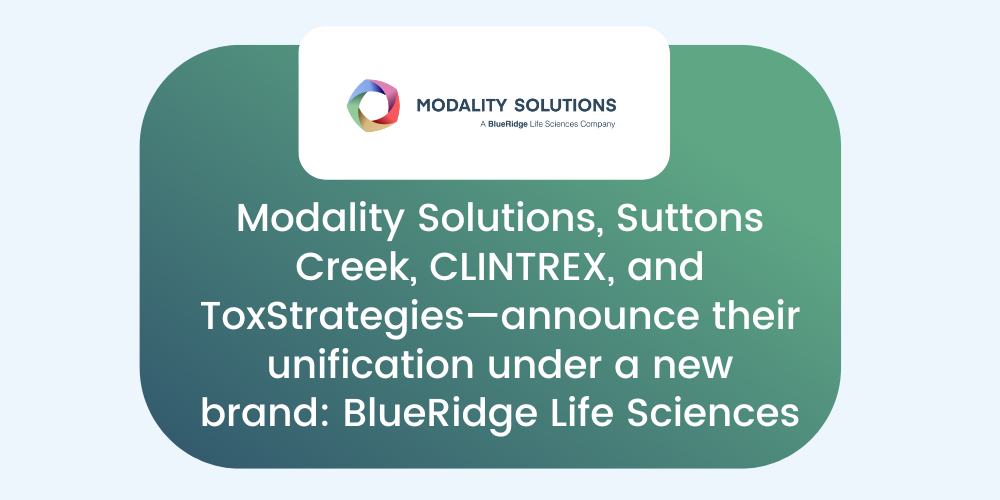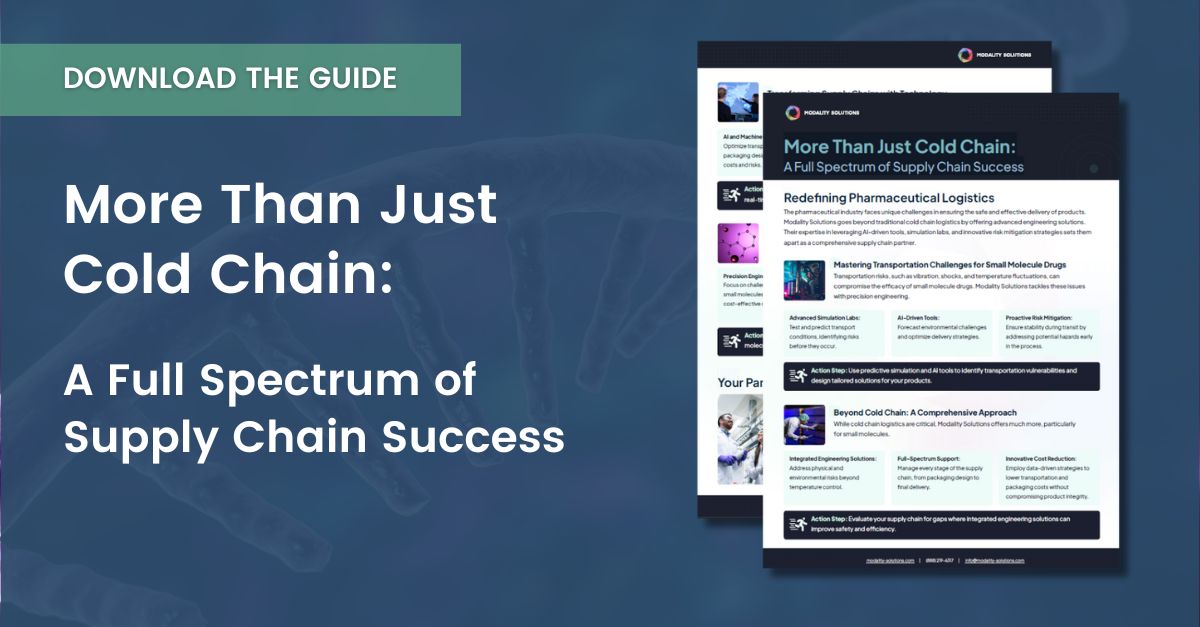Every Quality Agreement Needs A Great Investigative Reporter
Admit it – We all wanted to be great investigative reporters like Bob Woodward and Carl Bernstein after seeing the 1976 Academy Award-winning movie “All the President’s Men”. How did Bob Woodward get Robert Redford to play him on screen anyway? Some people have all the luck… As Woodward was famously instructed by ‘Deep Throat’ (revealed later to be FBI Assistant Director Mark Felt), you need to ‘follow the money’. Similar to getting to the bottom of the Watergate scandal, every good quality agreement needs a sound ‘investigative reporter’ that provides some great instincts and sound journalist techniques…
Why ‘Follow the Money’? As noted in the 2011 Healthcare Supply Handbook (available for download on our ‘Solutions & Technology’ page of this web site), understanding and evaluating the opportunity costs in controlled environment logistics in supply chain is as important, or even more so, than managing the direct costs. Super new product launches, reaching new markets, and ensuring brand integrity with proper security are key in evaluating opportunity costs.
What about the cost of failure? Loss of control of shipment, either temperature excursions or chain of custody, can have huge opportunity costs that typically don’t hit the transportation budget. These costs include product scrap, rework and testing, or just the mundane administration costs of managing a non-conformance record…
Quality agreements with your logistics providers are great way to reduce the risk of unintended opportunity costs. When setting up a quality agreement, always remember to be a great investigative reporter and remember to ask your five W’s and one H: Who? What? Where? When? Why? And How?
Why have quality agreements in the first place? The use of quality agreements is a well-established business practice, but their use with logistics providers is a fairly recent phenomenon. Their implementation is further complicated by the regulatory framework of the industry. Advance agreement to terms and conditions of the relationship is not only a concern of regulatory bodies, but is advantageous to the companies themselves. Quality agreements are useful documents from a business perspective as well as from a GDP perspective. In the EU, quality agreements are a requirement – one that is regulated by legislation. In the US, however, quality agreements are an expectation, but not a requirement, of the Food and Drug Administration (FDA). While FDA has neither specific guidelines for pharmaceutical and biopharmaceutical industries nor a final rule on the subject, expectations of having implemented quality agreements for ALL service providers are now relatively common, and violations have been recorded.
When is a Quality Agreement needed? A formal corporate policy document should clearly indicate the types of vendors and services that will require a Quality Agreement. However, many times the corporate policy is silent on logistics providers. Quality Agreements are typically be in place with all vendors of critical materials for vendors of large quantities (e.g., methyl cellulose for capsules, column resins, etc.). But logistics providers are just as critical to manufacturing and delivering medicine to patients are the raw materials. The service providers need a quality agreement, too. The Quality Agreement should be drafted and mutually accepted by the logistics provider BEFORE the rate agreement to ensure identification of all costs and any capability limitations. Neither party should take ANYTHING for granted. Where are Quality Agreements needed? A misconception exists that quality agreements are only needed for the use of contract manufacturing organizations (CMOs), raw material suppliers, or when operating in a different regulatory environment (e.g. EU). Not so – any outsourcing contract arrangement should have an associated quality agreement including logistics providers.
What should be included in a quality agreement? A quality agreement should define specific quality parameters AND who is responsible for the execution of those parameters. Items addressed include all critical to quality aspects of the service provided – equipment, personnel, preventative/predictive maintenance, quality management systems, audit schedules, etc. Additionally, include aspects that may affect the compliance status of either party. One of the most overlooked sections is the Definitions section – it is critical that everyone knows what is meant by every term used in the quality agreement especially when contracting with non-U.S. parties because terminology can vary widely. Include abbreviations and acronyms, identify documents required, and don’t forget to define “subcontracting,” and if/when it is acceptable.
What to exclude from a Quality Agreement is also worth mentioning. Certain items that should never appear in a quality agreement include: pricing, general business terms and conditions, forecasting, delivery terms, confidentiality obligations, liability limitations, etc. These items belong in the master service agreement. The quality agreement should be a separate document from the master services agreement, but should be incorporated by reference. These agreements are two very different documents. If they are created as a single document the reviewer list will include many individuals on each side of the fence that have no real reason or time to review issues unrelated to their area of expertise.
Who should prepare/review/approve a quality agreement? Quality agreements should be prepared by both parties’ operational personnel, with the involvement of their QA function. Both parties’ QA function and Operations manage should approve. Legal may or may not be involved in the Quality Agreement to make sure it agrees with the master services agreement. However, it can delay execution of the Quality Agreement if the legal department wants to add unnecessary legal verbiage that does not belong.
How do you enforce the parameters once a quality agreement is in effect? Quality agreements should be reviewed as part of a regular management review at least on a quarterly basis. Each of the parameters agreed upon between the parties should be assessed, non-conformances reviewed, and progress on any corrective and preventative actions (CAPAs) should be described. A summary of conclusions should be forwarded for assessment by executive management like any other subsystem of the quality management system.
As with any great story, following your leads and gathering all the facts is important, but the right technique to deliver the storyline adds the punch! A quality agreement that clearly outlines each party’s roles and responsibilities, delineates the critical-to-quality parameters, and is reviewed quarterly and shared with executive management can help avoid opportunity cost of failures. Follow the money!



